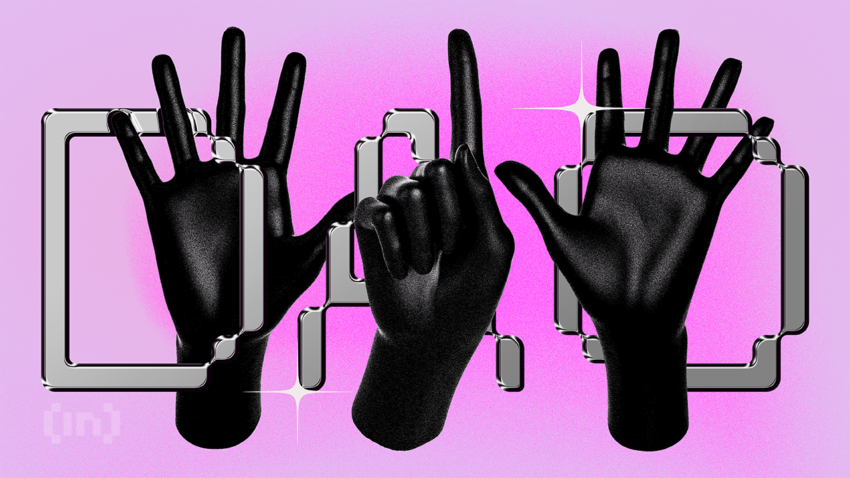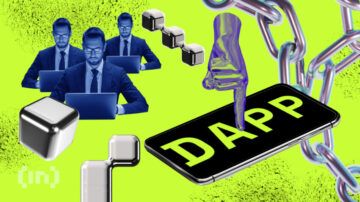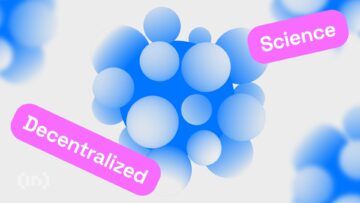“Absolute power corrupts absolutely.” Decentralized autonomous organizations (DAO) are an attempt to solve this age-old governance problem. Both in academic and casual discourse, one of the most common topics that come up is the legitimacy of governance. Let’s examine what DAOs are and how they aim to accomplish this ambitious task.
KEY TAKEAWAYS
► A DAO is a decentralized, transparent organizational model where decisions are made collectively by token holders through on-chain voting.
► DAOs aim to reduce the risks of the principal-agent problem by automating decision-making.
► Governance in DAOs is driven by token-based voting, where smart contracts enforce rules and execute decisions.
► Despite aiming for decentralization, many DAOs start with semi-centralized control, moving toward full decentralization as they progress.
What is a DAO?

A decentralized autonomous organization (DAO) is a distributed organizational structure in which a group of typically anonymous users come together to make decisions on a protocol or application, with all decision-making processes on-chain, transparent, and handled by smart contracts.
DAOs are an alternative to the traditional organizational structure that you see in governments, corporations, and other organizations. The members of a DAO act similarly to a board of directors in that they have voting power with each vote having some amount of weight.
For example, a member of a board may not act on their own behalf in a company but may represent another company or group. Some members of a board may also have more votes or a vote with more “weight,” (e.g., 1 vote = 3 votes).
Similarly, members of a DAO may represent other DAOs, companies, communities, or individuals. Some members may also have more weight over decisions than others.
The principal-agent problem
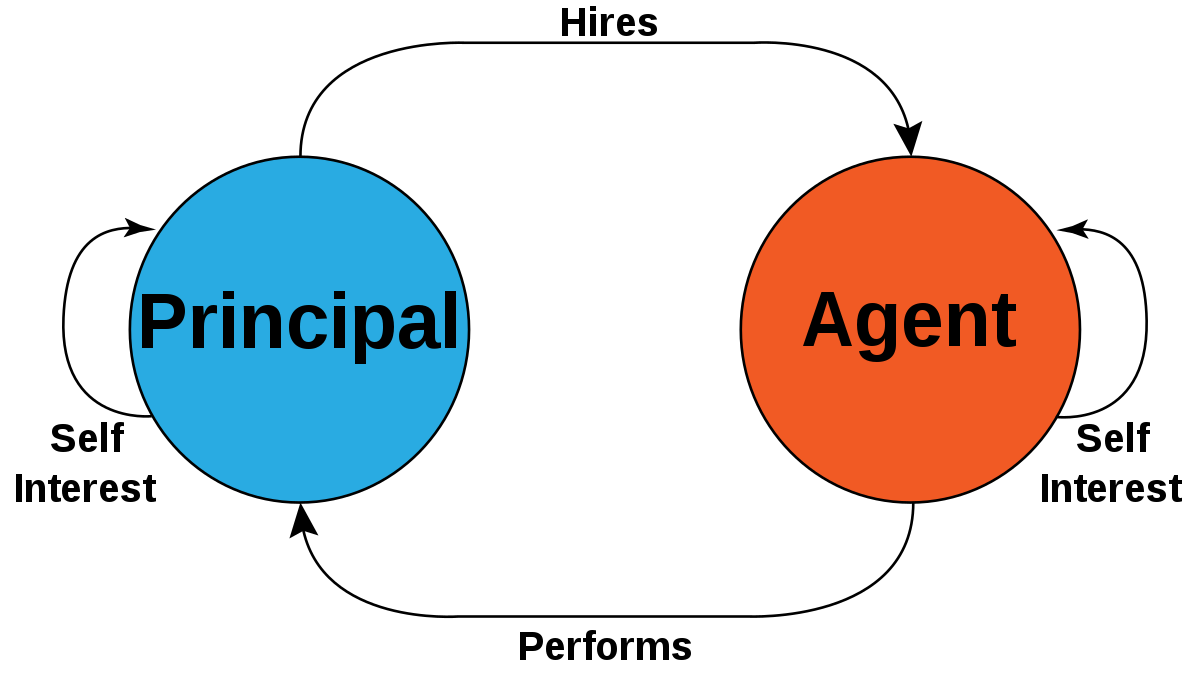
Imagine a hundred survivors shipwrecked on a desolate island. To survive, they would need to cooperate. To do so, they would need to follow some basic rules. In turn, when there are rules to follow, there are rulers and rule enforcers.
This is when the principal-agent dilemma appears.
Those who make decisions on behalf of others are agents, while the others are the principal. Because the decision-maker — agent — distributes the risk of their actions to others, this inevitably leads to greater risk for the principal. After all, they have to suffer the full brunt of the decision’s consequences.
Furthermore, it is often the case that the agent prioritizes their personal interest above the principal’s. This, too, inevitably happens because the principal cannot fully track and control the agent’s moves.
While legal contracts and the court system alleviate these moral hazards in traditional organizations, decentralized autonomous organizations drastically reduce both the risks and the costs of managing them.
| Traditional organizations | DAOs |
|---|---|
| Hierarchal top-down structure, triggering decision bottlenecks | Software-based, secured within smart contracts |
| Trust comes from personal relationships and social skills | Trust relies on cryptographic math and computer networks |
| Decision-making relies on title, seniority, expertise | Decision-making is automated |
| High operational costs | Low operational costs |
How do DAOs govern?
A decentralized autonomous organization uses a blockchain to facilitate self-enforcing rules or protocols. Of course, the blockchain’s smart contracts store these rules, while the network’s tokens incentivize users to safeguard the network and vote on rules. The following three steps create a decentralized autonomous organization:
- Developers have to fully grasp the governance problem they are trying to codify in order to create a successful smart contract that serves as DAO’s foundation.
- Developers define the governance’s tokenomics — such as monetization so that there is a proper balance between rewards and punishment of malicious behavior.
- Developers launch the blockchain-powered DAO, preferably having the same token stakes as the rest of the stakeholders. This way, there is no imbalance of power. However, most developers release their stakes over time.
Consequently, decentralized autonomous organizations are both transparent and autonomous and have the unique feature of token voting. The number of tokens one holds translates to the weight behind voting rights, enabling one to direct new governance proposals.
This prevents the DAO from being overwhelmed with proposals, which could create instability. Instead, governance proposals pass only when the majority of stakeholders affirm it. Needless to say, each DAO has different rules on what constitutes a majority and the voting process.
Everything about DAOs
The first decentralized autonomous organizations was created in 2016, called “The DAO,” running on the Ethereum blockchain. Unfortunately, during this early stage of development, The DAO had an exploit that hackers summarily —exploited. This resulted in Ethereum’s hard fork due to $150 million worth of ETH locked within DAO pools allocated for Ethereum’s development.
In order to return those funds, some Ethereum developers decided to create a hard fork — the present-day Ethereum. The original Ethereum blockchain continued on as Ethereum Classic with its ETC coin. Suffice to say, it was a bad start for DAO’s reputation. However, as DeFi protocols emerged in late 2020, DAOs have become an integral part of decentralized finance.
A comparison to understand DAOs
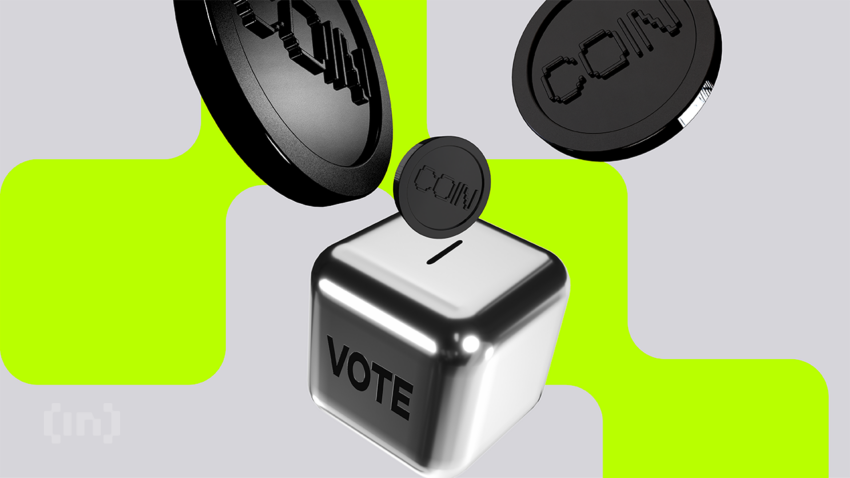
The best way to understand decentralized autonomous organizations implementation is to compare governance models between the most popular cryptocurrencies and DeFi protocols:
- Bitcoin – represents the most basic DAO precepts. Fundamentally, blockchain is a peer-to-peer (P2P) network that allows users open access to execute transactions, validate them and add new blocks. In other words, Bitcoin is an organization of nodes that is autonomous and decentralized. However, it is not a decentralized autonomous organization because Bitcoin lacks complex governance rules that are characteristic of decentralized autonomous organizations.
- Ethereum – represents the 2nd generation blockchains because it offers smart contract capability. Smart contracts are necessary ingredients for DAOs to be possible. Nonetheless, Ethereum itself is not a DAO but a framework for developing DAO projects. For example, just like Unreal Engine 4 is not a game but a framework for creating video games.
- Uniswap – is the first DeFi protocol to have pioneered Automated Market Makers (AMMs), which led it to become the most popular decentralized exchange (DEX). Currently, Uniswap holds $6.8 billion TVL (total value locked) across liquidity pools by liquidity providers (yield farmers). The network has its own governance token UNI, which is used for voting on improvements and funding liquidity pools. As such, Uniswap is a full-blown DAO, but one has to own 1% of UNI’s total supply in order to propose new governance rules or tweak existing ones.
- MakerDAO – is the most comprehensive example of decentralized autonomous organization. As a DeFi protocol similar to Uniswap or Compound, but for lending, it also runs on Ethereum. MakerDAO has two tokens, stablecoin DAI and governance token MKR. The MakerDAO Foundation has been distributing MKR to incentivize contributors, spur voter participation, and decentralize the governance process. Effectively, the foundation’s goal is to abolish itself by giving away all the tokens to the network’s stakeholders.
Governance models compared
| Type | Voting | DAO | Purpose | |
|---|---|---|---|---|
| Bitcoin | Blockchain | Mining power | No | Payments |
| Ethereum | Blockchain | Attestations | No | Virtual machine |
| Uniswap | DApp | Token voting | Yes | Decentralized exchange |
| MakerDAO | DApp | Token voting | Yes | Reserve bank |
When we compare Uniswap with MakerDAO, it is clear that rules make all the difference. Because Uniswap protocol instituted a requirement of owning 1% of UNI’s supply, it effectively barred over 90% of users from participating in directing the network’s development. On the other hand, the MakerDAO Foundation dissolved to promote full decentralization of the protocol.
Accordingly, it is fair to say that a proper decentralized autonomous organization has total decentralization — with no central overseers. Correspondingly, DAOs start in a semi-centralized state.
First, the core developer team has to manage the protocol as it grows, and more users join in. And the greater the number of users, the greater the pool of stakeholders, which pushes the momentum toward complete decentralization.
How does a DAO work?

As stated previously, DAOs are self-governing. The decisions are made collectively by its members, recorded on the blockchain, and managed by smart contracts. Here is a brief breakdown.
- Token voting: DAO members receive or acquire tokens that represent their voting power. Typically, the more tokens an address holds, the greater its influence.
- Proposal stage: Any member of the DAO can create a proposal, such as changes to the protocol or app, funding requests, or strategic decisions. This proposal is submitted for review.
- Voting stage: Members vote on proposals within a specified window of time. The voting can be done on-chain or off-chain with the result recorded on-chain.
- Approval: Once a proposal reaches a quorum (minimum number of votes required) and passes based on a majority (simple majority, supermajority, etc.), it is executed automatically through smart contracts.
Below is an example of the stages of governance on Compound. Here, you can see the proposal stage, the voting stage, and the approval stage.
DAO pros and cons
| Pros | Cons |
|---|---|
| Open and transparent processes | Regulatory risks |
| Allows virtually anyone to participate in the governance process | Voters may not have technical expertise to understand decisions |
| Preserves anonymity | On-chain gas fees |
A strong case could be made that equally distributed voting power is not a positive. One only has to take a look at the Pareto Principle to understand why that would be the case. Economist Vilfredo Pareto noticed a recurring pattern in his studies across entire sectors of the economy.
Hence, Pareto Principle quantifies those observations in an 80/20 rule. Meaning, 80% of consequences are derived from 20% of causes. In organizational terms, 20% — the “vital few” — are responsible for a successful outcome. Most people have already noticed this if they have done group projects at schools or universities.
Therefore, DAOs would have to account that not all votes should be counted equally. This would translate to some users having more tokens than the majority, which would diminish decentralization. MIT Technology Review arrived at a similar conclusion in 2016.
Another potential DAO disadvantage is that its rules could extend across numerous legal jurisdictions. If a problem occurs that cannot be rectified through token-voting, one would have to engage with a protracted and convoluted legal case.
Nonetheless, a well-designed smart contract results in DAOs providing organizations a transparent and easy way to govern institutions. This is especially true for those organizations in which most members don’t know each other.
The scenario is best exemplified within the largest organizations where people don’t know each other — nations. A blockchain decentralized autonomous organization for voting can safeguard election transparency and legitimacy, and this has been widely accepted.

Top 5 DAOs
Outside of the previously mentioned MakerDAO, which is the largest and most popular decentralized autonomous organization, here are some other DAO candidates of note.
1. Gitcoin
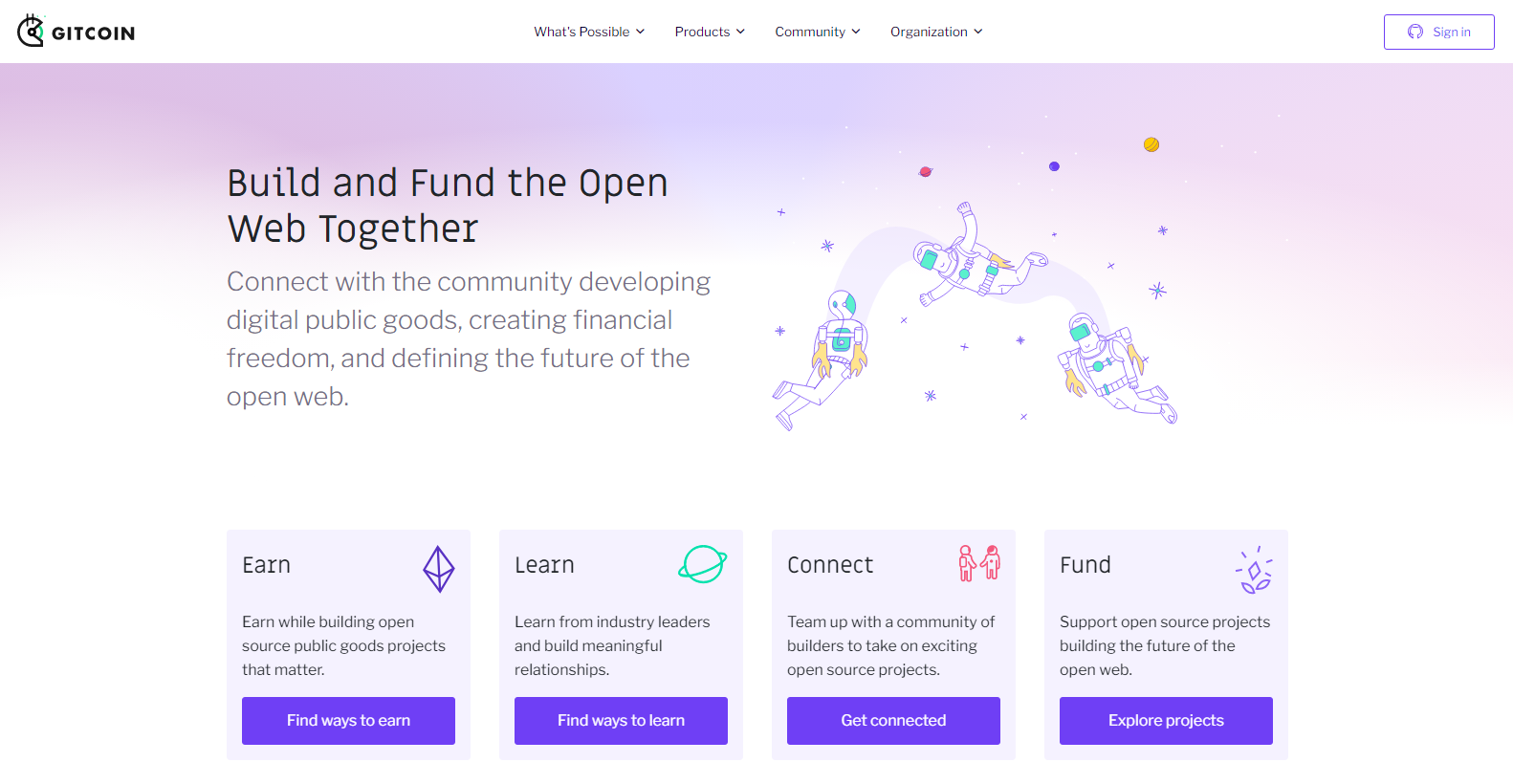
Unlike standard DeFi protocols, Gitcoin doesn’t facilitate yield farming but seeks to gather blockchain developers, as a blockchain-specific platform similar to UpWork or Fiverr. To facilitate their funding, Gitcoin released Gitcoin Grants. Using EIP 1337 token for quadratic voting, Gitcoin Grants matches all received donations.
Each donation is weighed against the number of donors for blockchain projects. This is another example of creatively using a decentralized autonomous organization. Instead of favoring projects funded by a few deep-pocketed donors, Gitcoin Grants favors those projects that receive the greatest community engagement.
2. Aragon
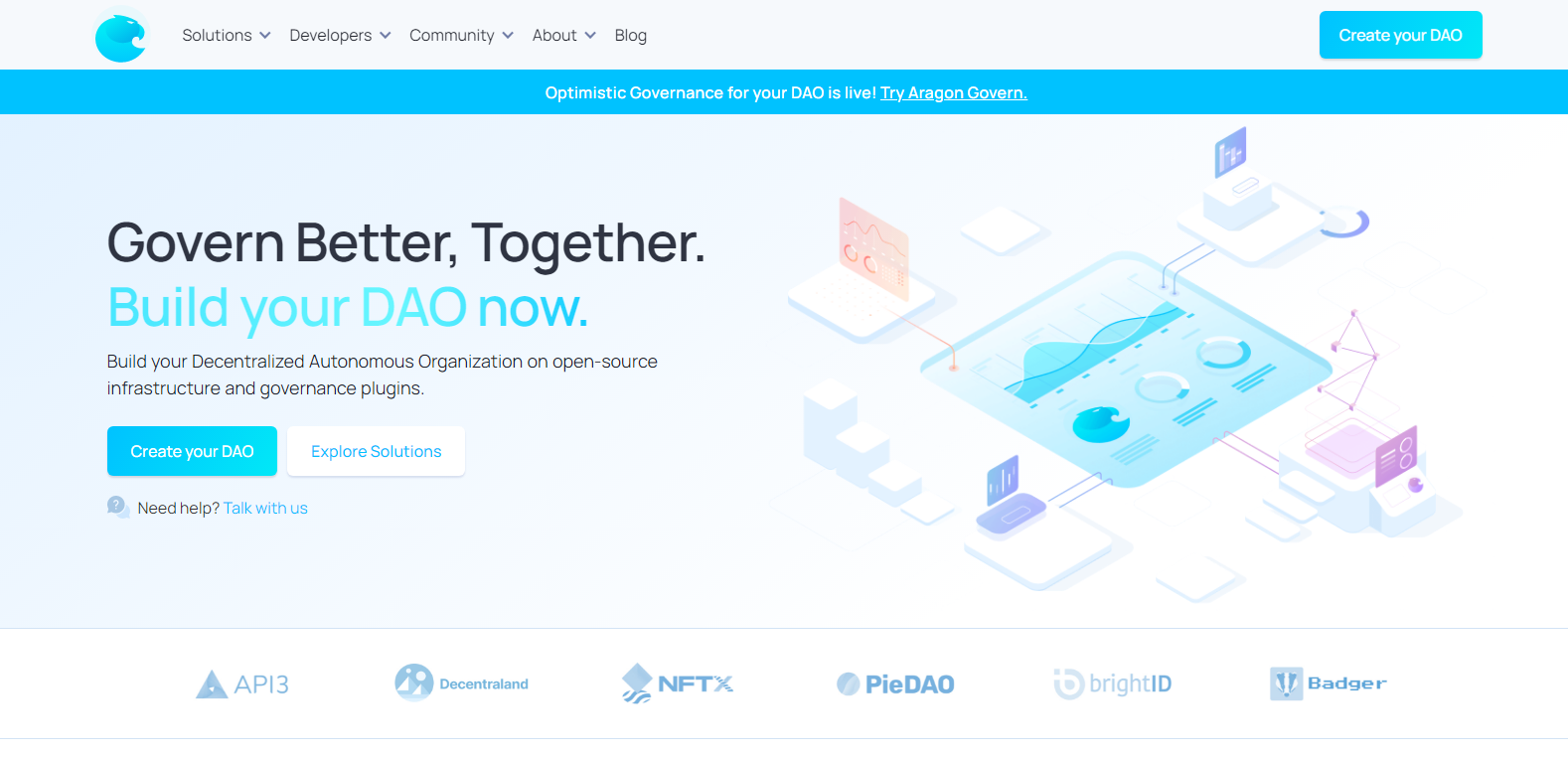
Aragon is both a decentralized autonomous oganization and a platform for creating customized DAOs. This makes it extremely useful for users who don’t have advanced programming knowledge. Aragon takes care of the types of smart contracts and the interface, leaving it up to you to decide how to manage your organization.
Furthermore, Aragon offers Aragon Fundraising, formerly called Apiary, for crowd-funding. Released in April, Aragon Fundraising’s key feature is a bonding smart contract. They are AMMs where users can deposit collateral in exchange for an organization-specific token. This makes Aragon a DAO ecosystem with a broad range of use cases.
3. Digix

Have you ever wanted to own gold, but couldn’t bother with the practical problems of securing it? Digix comes to the rescue by tokenizing gold holdings. Each token — DGX — is worth 1 gram of gold. Digix was one of the very first projects launched as an ICO on Ethereum, which means it has a long track record to verify it is not a scam.
The Safe House vault in Singapore secures the gold and an independent Bureau Veritas firm audits it. Outside of the DGX token that represents gold ownership, the DGD token is used to vote on how the company uses the funds for further development. In turn, users receive DGDs as quarterly dividends.
4. MolochDAO
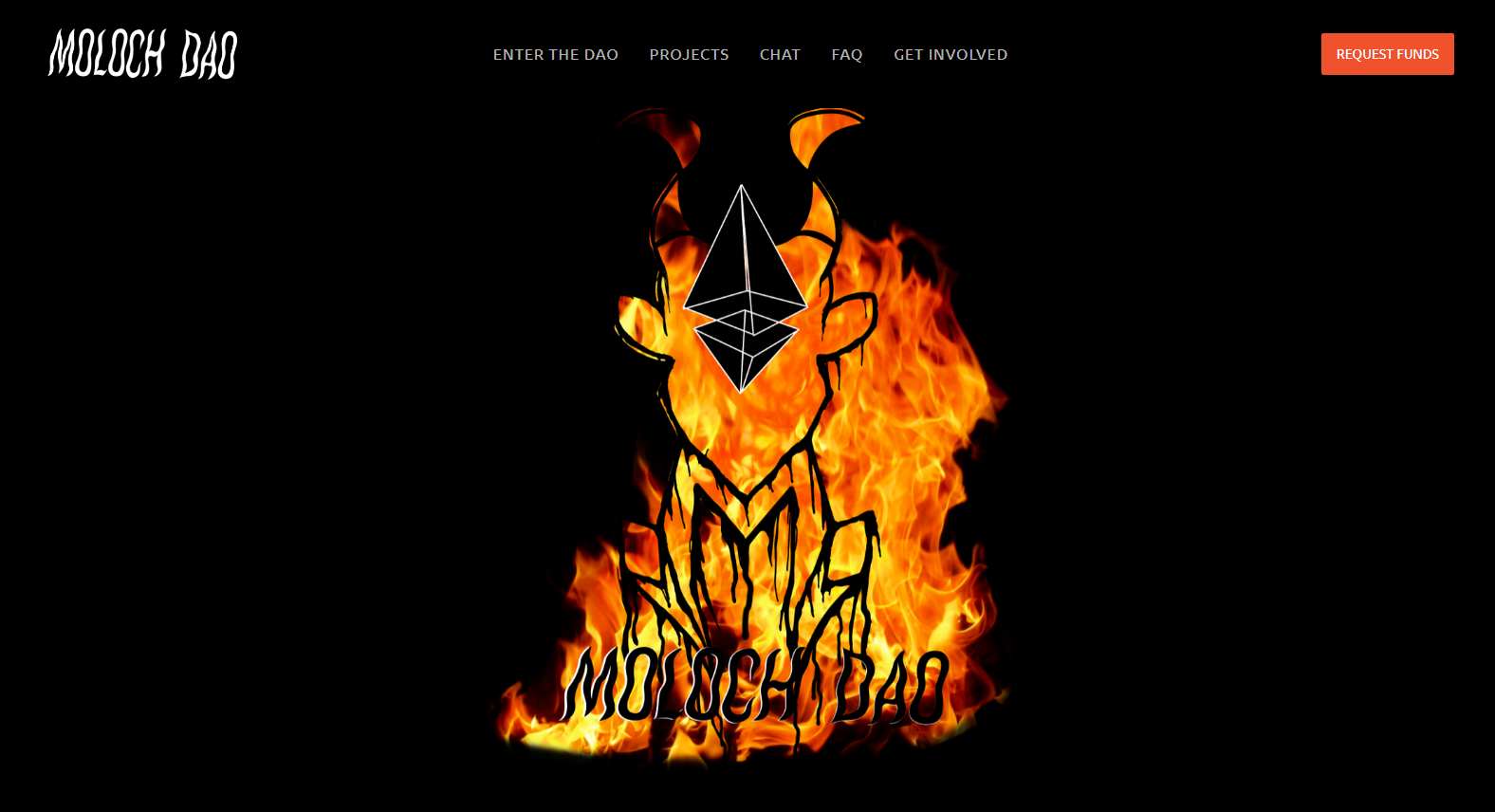
After Ethereum completed the London hard fork, it crossed another step toward Ethereum 2.0 Proof-of-Stake (PoS) upgrade. Out of five new changes, the introduction of burnable fees is the most significant one, making Ethereum deflationary with 3.26 ETH burned per minute.
MolochDAO’s singular purpose is to fund ETH 2.0 grants. To join MolochDAO, you have to be invited by an existing member. Then, each member holds shares that are equal to voting rights: 1 share — 1 vote. These shares are not transferable or sellable between members and are used to vote/fund proposals.
5. Aave

Aave is a top-ranking DeFi lending protocol. If you want to use it to lend money, the protocol issues (mints) ERC-20 aTokens in a 1:1 ratio to deposited assets. This gives users a steady, compounded interest rate. Moreover, Aave has flash loans in which both borrowing and repayment has to transpire within the same transaction.
Naturally, developers can experiment and combine new DeFi uses with these flash loans, which are suited for the purpose. Aave’s governance token LEND (ETHLend) is used for both fee reductions and voting on Aave Improvement Proposals (AIPs). The latter can even be conducted if LEND tokens are locked in as collateral.
Are DAOs truly decentralized?
Decentralized autonomous organizations serve more as open-source technology for trustless organizations as opposed to purely decentralized systems. Outside of voting in general elections, there are not many environments in which equal distribution of votes would be beneficial.
As such, DAOs are on a spectrum of decentralization. In other words, logical delineation of rules, as opposed to geographic decentralization, is far more important. They may lead to centralization, decentralization, or something in between. Whatever the case may be, Aragon makes the best showing thus far, in terms of using rules as legos to construct a trustless DAO.
Frequently asked questions
What are DAOs?
What is a decentralized autonomous corporation (DAC)?
What are examples of DAOs?
How many DAOs are there?
Disclaimer
In line with the Trust Project guidelines, the educational content on this website is offered in good faith and for general information purposes only. BeInCrypto prioritizes providing high-quality information, taking the time to research and create informative content for readers. While partners may reward the company with commissions for placements in articles, these commissions do not influence the unbiased, honest, and helpful content creation process. Any action taken by the reader based on this information is strictly at their own risk. Please note that our Terms and Conditions, Privacy Policy, and Disclaimers have been updated.


